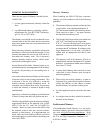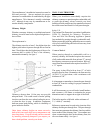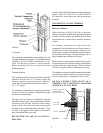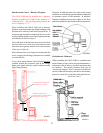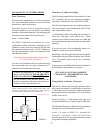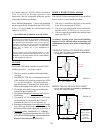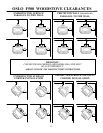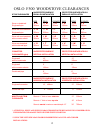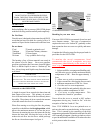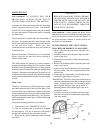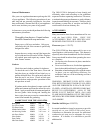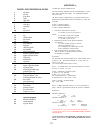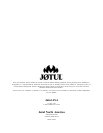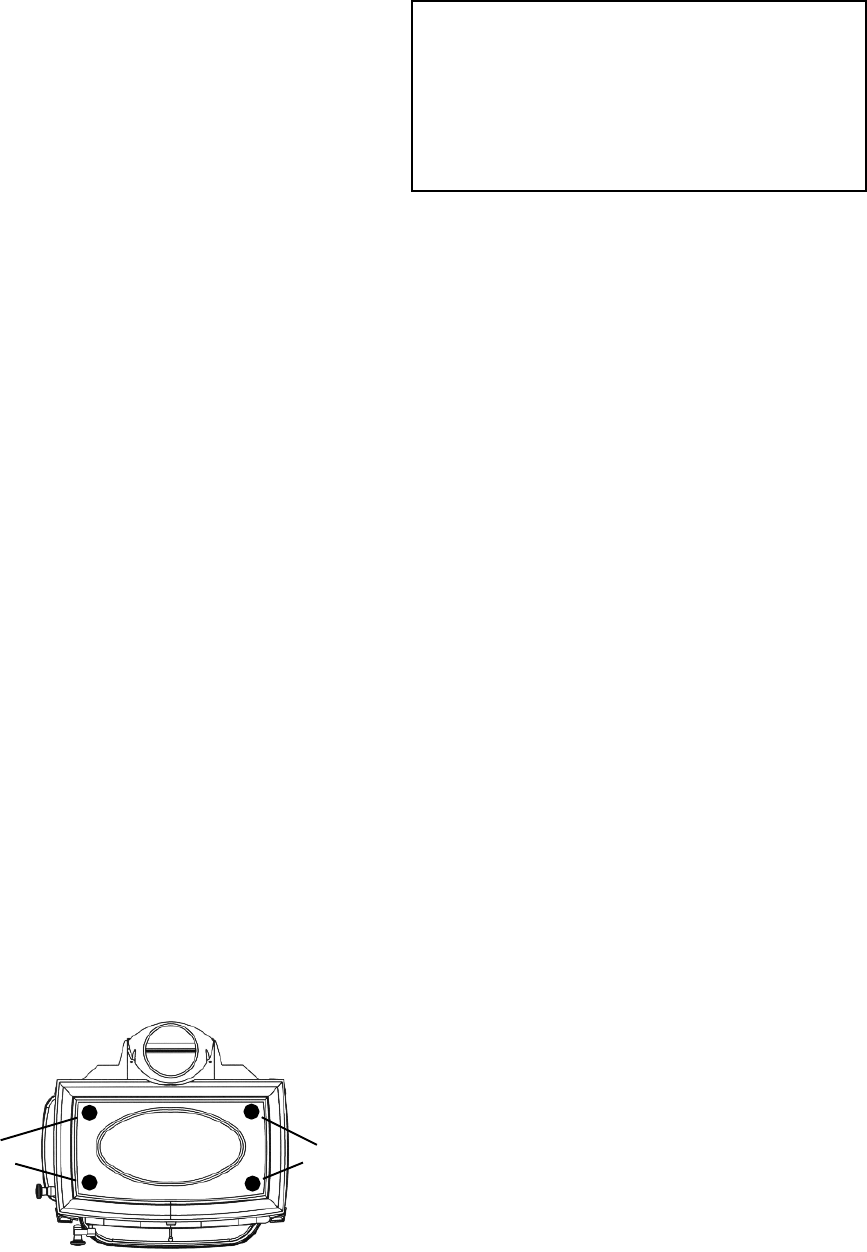
Starting and Maintaining a Fire
Burn only solid wood directly on the bottom
grate of the stove, do not elevate the fire in any
way.
The ash pan door on the stove must always be
securely closed when the stove is in operation.
Burning the stove with the ashpan open will over-fire
the stove and cause interior damage.
With the primary air control lever in the full open
position, start with several sheets of crumbled
newspaper placed directly on the grate. On top of
the newspaper, place several pieces of small dry
kindling (approx. 1 in diameter) with two to three
larger logs (approx. 3 to 5 in diameter) on top.
Light the fire and close the door, slowly building the
fire by adding larger and larger logs. Be sure to
follow the break-in procedure before creating a fire
that will damage the stove.
Once the stove has reached a surface temperature
range of between 400° and 600°, adjust the primary
air control lever as necessary to generate the heat
output and burn time desired.
Jøtul recommends the use of a magnetic stove top
thermometer to monitor the surface temperature of
the stove. The optimum surface temperature range
for the most efficient burn is between 400° and 600°.
See figure 12 below for the optimum locations of a
stove-top thermometer.
NEVER OVERFIRE THE STOVE. IF ANY PART OF
THE STOVE OR CHIMNEY GLOWS, YOU ARE
OVERFIRING, AND A HOUSE FIRE OR SERIOUS
DAMAGE TO THE STOVE OR CHIMNEY COULD
RESULT. IMMEDIATELY CLOSE DOWN THE AIR
CONTROL IF YOU NOTICE THIS CONDITION.
Adding Fuel
When reloading the stove while it is still hot and a bed
of hot embers still exist, follow this reloading
procedure:
· Always wear gloves when tending to the stove.
· Push the air control lever to the full open position
(far right).
· Wait a few seconds before opening the door.
· Use a stove tool or poker to distribute the hot
embers equally around the firebox.
· Load the fuel, usually with smaller logs first.
· Close the door, be sure to latch the door tightly.
· Wait 5 10 minutes before adjusting the primary
air to the desired heat output setting.
(If you have at least a 2 thick ember bed when
reloading, it may be possible to close the door
and immediately adjust the air control setting).
The Formation of Creosote
When wood is burned slowly and at low temperatures,
it produces tar and other organic vapors, which
combine with moisture to form creosote. The slow
moving smoke carries the creosote vapors, which
condense in the cooler chimney flues, and this creosote
then sticks to the chimney walls.
The creosote that accumulates in the chimney is highly
flammable and is the fuel of chimney fires. To prevent
chimney fires it is important to have the chimney and
chimney connector pipe inspected and/or cleaned
semi-annually. A qualified chimney sweep or other
authorized service person can provide this service.
It is also important to remember that chimney size,
temperature and height all affect draft which in turn
affects the formation of creosote. Be sure to follow
the installation and operation guidelines established in
this manual.
14
STOVE-TOP
THERMOMETER
STOVE
-TOP
THERMOMETER
FIGURE 12



